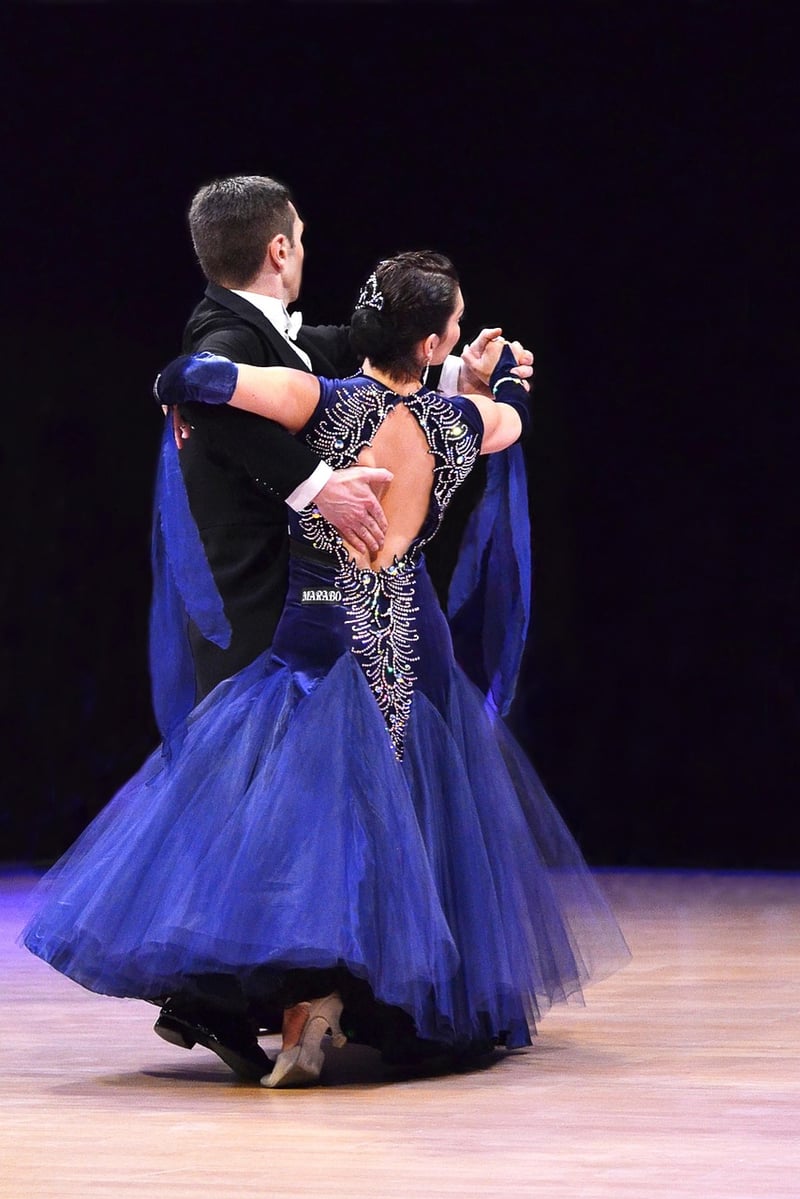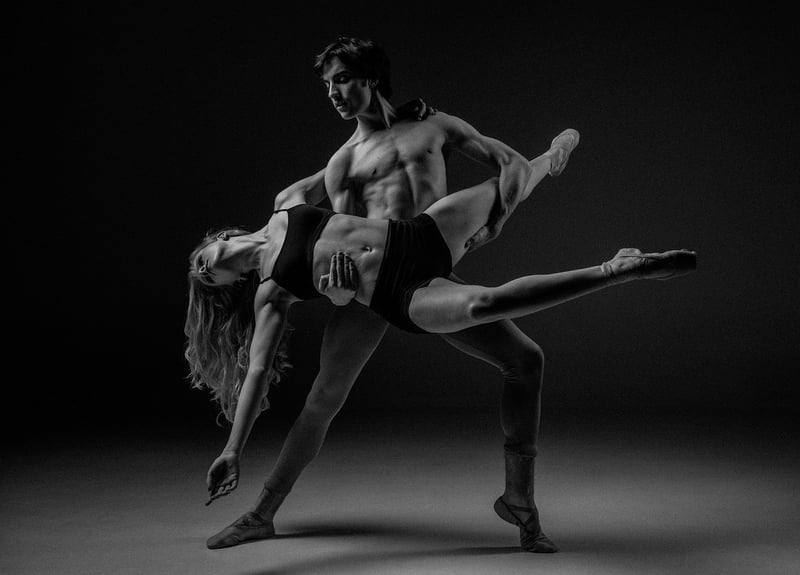Contemporary
The Power of Expressive Movement in Contemporary Art

Expressive movement in contemporary art has the power to captivate, inspire, and provoke thought. Artists use movement to convey emotions, ideas, and stories in a dynamic and engaging way. Whether through dance, performance art, or visual arts, expressive movement adds a new dimension to artistic expression.
The Significance of Expressive Movement
Expressive movement allows artists to break free from traditional constraints and create art that is alive and in motion. It enables them to communicate on a visceral level, reaching viewers in a way that static forms of art cannot. Through movement, artists can explore themes of identity, emotion, and society in a powerful and compelling manner.
Exploring Movement in Contemporary Art
In contemporary art, expressive movement takes many forms. From the fluid gestures of a dancer to the bold strokes of a painter, movement infuses art with energy and vitality. Artists experiment with different mediums, techniques, and styles to convey movement in unique and innovative ways.
Examples of Expressive Movement
Embracing Expressive Movement
As viewers, embracing expressive movement in contemporary art allows us to connect with the artwork on a deeper level. It invites us to experience art in a more immersive and visceral way, sparking emotions and provoking thought. By engaging with movement-based art, we open ourselves to new perspectives and experiences.
Whether through a captivating dance performance, a thought-provoking installation, or a dynamic painting, expressive movement in contemporary art continues to push boundaries and redefine artistic expression.

